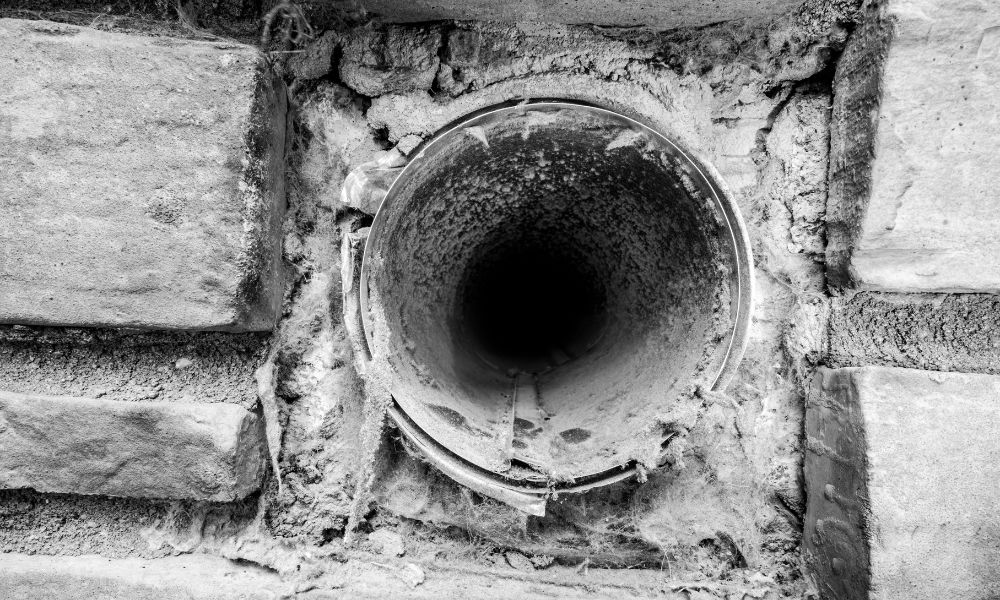
08 Jun The Difference Between Indoor vs. Outdoor Dryer Vents
Dryer vents are an essential element of your washer-and-dryer setup. They help expel the excess moisture, heat, and lint from your laundry cycles. There are two main types of dryer vents: indoor and outdoor. You should know the differences between indoor vs. outdoor dryer vents so that you know the best option for your home. Dive in and explore the advantages and disadvantages of both types of dryer venting solutions today.
Indoor Dryer Vents
Indoor dryer vents are an alternative to outdoor dryer vents that use a hose to expel hot, moist air outdoors. They consist of a frame that fits over the dryer’s exhaust outlet and a filter that traps lint and other particles. Indoor dryer vents redirect the hot, wet air back into the home, which makes them an ideal solution for those who live in apartments and high-rises. They are also great for those without an available exterior venting option. Overall, they are easy to install and maintain.
However, indoor dryer vents can increase the humidity levels in a home and cause moisture-related problems, such as mold growth. You must clean the filter regularly, monitor the humidity levels and follow the manufacturer’s instructions. Ultimately, indoor dryer vents are convenient for those with limited ventilation options but come with a few caveats you must consider before using them.
Outdoor Dryer Vents
Outdoor dryer vents are a crucial component of any home’s laundry system. Essentially, they provide an escape route for the moisture-laden air that clothes dryers produce. Typically, these vents are metal and exist along an exterior wall. Once connected to the dryer’s exhaust duct, the indoor air travels outside, preventing the buildup of dangerous fumes and conditions, such as mold and mildew, in living areas.
Outdoor dryer vents require periodic cleaning to ensure the safe and efficient operation of the dryer. One potential downside of these vents is that they can become clogged, reducing airflow and causing the dryer to work harder and use more energy. Nonetheless, they are important in a home’s overall health and safety.
The Differences
When it comes to dryer vents, there are major differences between indoor and outdoor options. Indoor dryer vents are typically best for situations where outdoor ventilation is not possible or convenient. For example, an indoor vent may be your best option if you live in an apartment complex or a home without easy access to the outdoors. However, note that indoor vents require frequent cleaning to prevent the buildup of dangerous lint and other debris.
In contrast, outdoor vents withstand the elements and are generally more efficient at expelling hot air and moisture. If you have the option to install an outdoor vent, it is typically the safer and more efficient choice. Ultimately, you decision will depend on your living situation, budget, and specific ventilation needs.
Now that you understand the differences between indoor and outdoor dryer vents, you can make the best choice for your home. Remember that cleaning your vents is essential to keep them in good condition. Contact Duct Squads today if you need dryer vent cleaning services.



